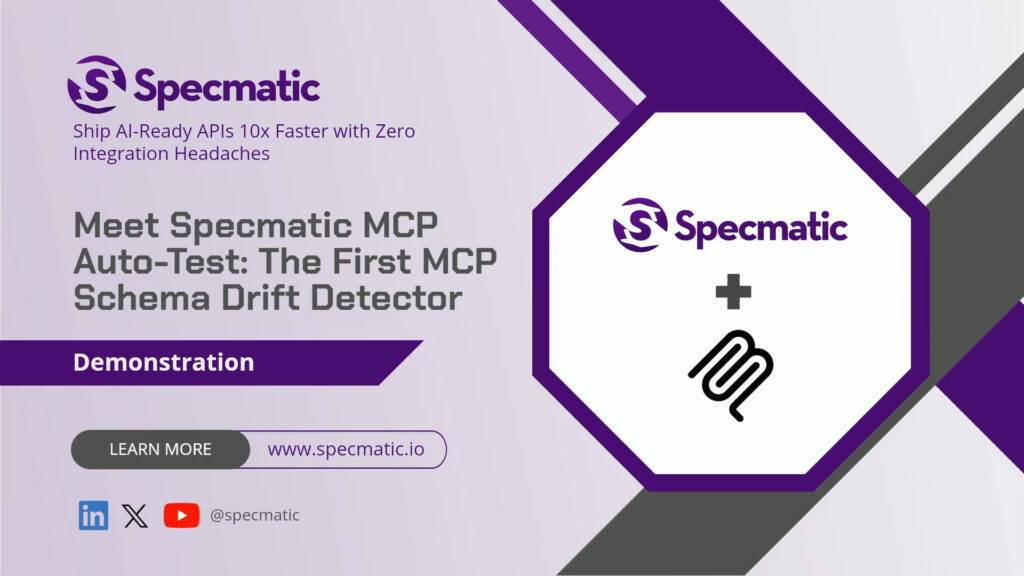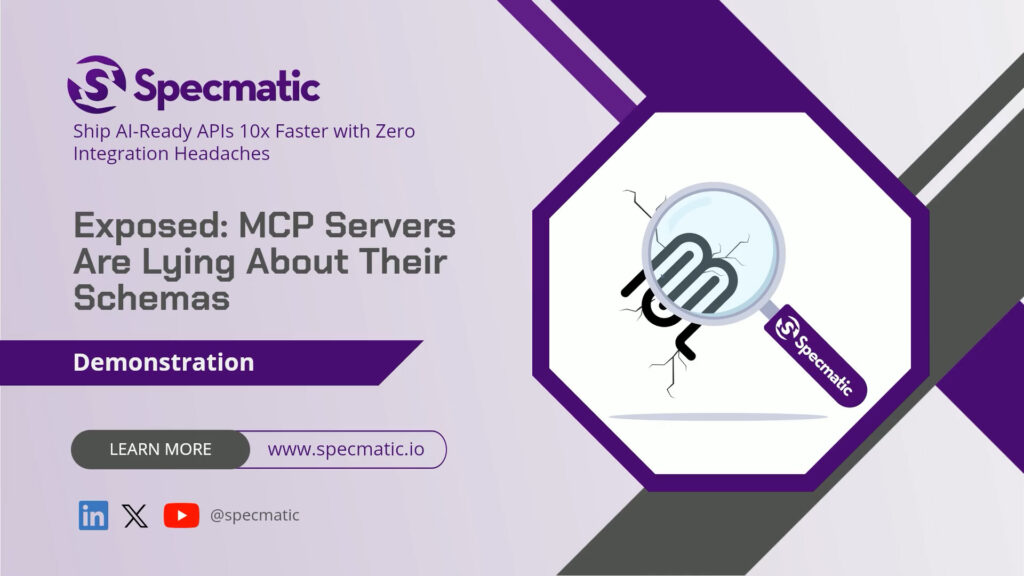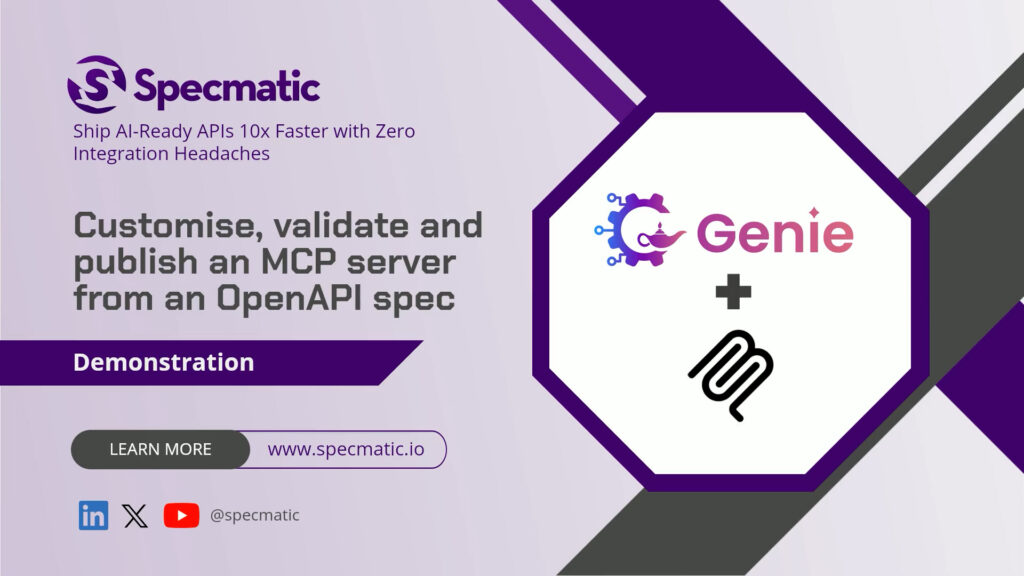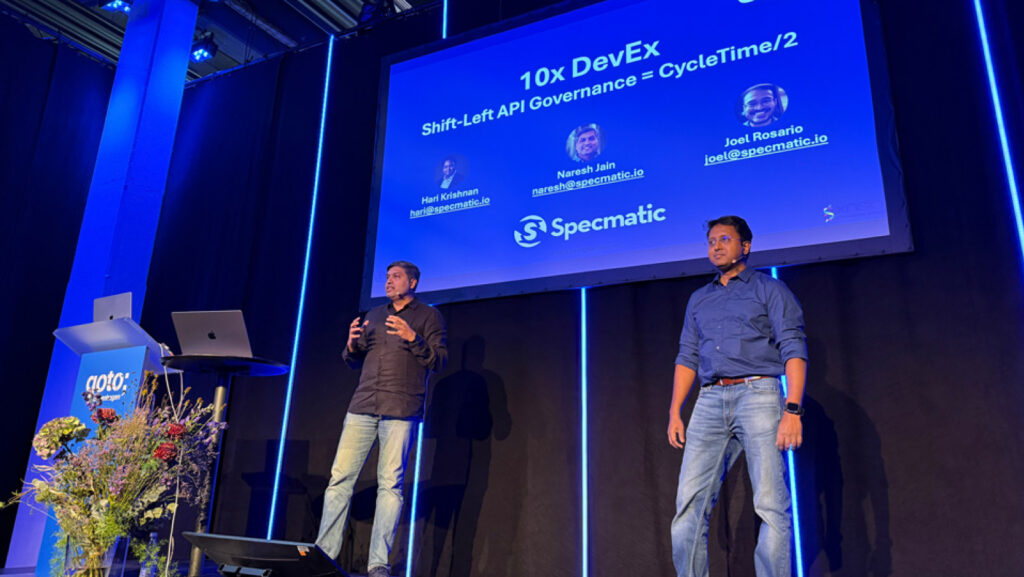OpenAPI Examples Simplified: Visualize and Generate Domain-Specific Test Data
By Naresh Jain
Streamlining API Development: An Interactive Guide to Example Generation and Validation using Specmatic
A robust, streamlined approach to API development is crucial for maintaining efficiency, reliability, and scalability in your development pipeline. One powerful methodology that has emerged is Contract-Driven Development (CDD), allowing developers to fully realize the benefits of microservices architectures. This article demonstrates how interactive example generation, validation, and service virtualization can be leveraged seamlessly using API specifications with Specmatic.
The Foundation: API Specifications and Service Virtualization
Let’s say we have an OpenAPI specification encompassing several operations such as finding available products, creating and retrieving orders, and more. This set of operations doesn’t include inline examples, critical for generating meaningful stub data for testing purposes. Specmatic’s interactive example generation makes the process simple and highly efficient.
Interactive Example Generation: Bridging the Gaps
When faced with an API specification devoid of inline examples, the first step is generating these examples. Specmatic includes an interactive examples generator with a user-friendly UI. This interface reflects the operations defined in the API specification, providing a clear visualization for developers. The absence of examples is quickly remedied by Specmatic’s ability to generate them interactively, adhering strictly to the specification’s parameters.
Editing and Validating Generated Examples
In a typical scenario developers might need to tweak the automatically generated examples to fit specific testing contexts. This process is straightforward within Specmatic’s framework. Crucially, modifications are validated and if an example fails to comply with the API’s constraints it is flagged as non-compliant. Immediate feedback on such issues is invaluable, ensuring that deviations from the specification are caught early in the development cycle.
Starting the Stub Server: Bringing Examples to Life
Post-validation, it is simple to launch a stub server using Specmatic. With the enriched examples saved under the _examples directory, the stub server activates, ready to handle requests. Using Postman, we can confirm that the server responds with the exact values previously set, verifying that the stub data accurately reflects the specified operations. This process significantly enhances developers’ ability to mock services, test integrations, and simulate real-world usage without relying on actual service endpoints.
Injecting Domain Context with Dictionary JSON
A critical element in generating meaningful stub responses is the utilization of a dictionary.json file. This file provides domain-specific clues, enabling Specmatic to populate response fields with relevant data, surpassing the generic placeholders often seen in auto-generated examples. This layer of contextual understanding ensures that stub data and test scenarios are not only valid but also relevant and aligned with business logic.
Repurposing Examples for Testing
In a powerful demonstration of Specmatic’s versatility, it can use examples for stub data as well as leveraging them for test data. By simply modifying a command to specify ‘test’ instead of ‘stub’, Specmatic can run comprehensive tests against a live application. This capability is pivotal in validating whether the application responses conform to the API specification and the generated examples.
Upon executing the test, we can see multiple test outcomes, including failures. Through Specmatic’s interactive UI, these failures can be meticulously analyzed, offering deep insights into the root causes. This ensures that any divergence from expected behavior is promptly addressed.
Conclusion: The Power of Executable API Contracts
We have showcased the value of interactive, example-driven API development and the transformative impact of utilizing robust specifications throughout the lifecycle of microservices.
Specmatic exemplifies how API specifications can be used as executable contracts, streamlining the entire development and testing lifecycle. Maintaining the specification in a central Git repository ensures consistency and collaboration among team members, whether they are API providers or consumers. This approach not only reinforces contract-driven development but also fortifies the reliability and predictability of microservices-based architectures.
By embracing tools like Specmatic, developers can enhance their workflows, reduce errors, and ensure the resilience of their APIs from the ground up.










